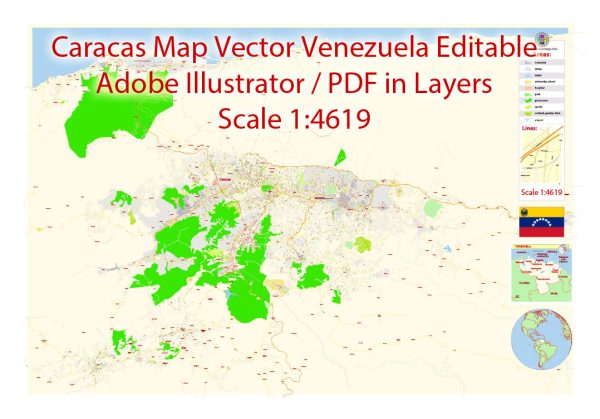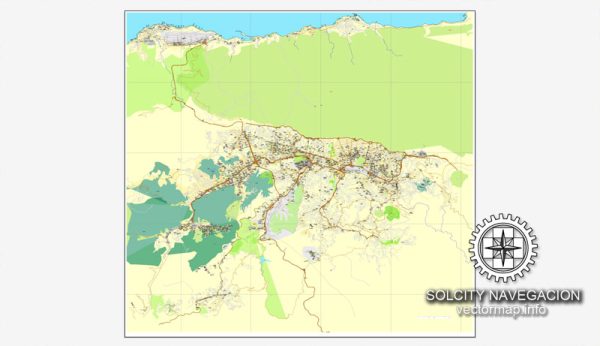Caracas, the capital city of Venezuela, has a rich and complex history that spans centuries. Here’s a brief description of its history:
- Indigenous Peoples: Before the arrival of Europeans, the area that is now Caracas was inhabited by various indigenous groups, including the Caracas, Mariches, and Quica peoples. They lived in the region for thousands of years before the Spanish conquest.
- Spanish Conquest: In 1567, Spanish explorer Diego de Losada founded the city of Santiago de León de Caracas. Caracas, which means “Little Venice” in Spanish, was named after the indigenous huts built on stilts over Lake Maracaibo, which reminded the Spanish of Venice.
- Colonial Period: Caracas became an important colonial city and a center of trade and agriculture. It was part of the Captaincy General of Venezuela, a Spanish colonial administrative unit. The city played a role in the broader struggle for independence from Spanish rule.
- Independence: Caracas played a pivotal role in Venezuela’s fight for independence from Spanish colonial rule. On April 19, 1810, a group of local patriots initiated the process of independence in the city, known as the “19th of April Movement.” This led to the establishment of the First Republic of Venezuela, and later, the famous Venezuelan leader Simón Bolívar emerged as a key figure in the struggle for independence. Caracas was the site of the signing of the Venezuelan Declaration of Independence on July 5, 1811. However, the struggle for independence was long and arduous, and Caracas was captured and recaptured several times.
- 19th Century: After achieving independence from Spain in the early 19th century, Caracas went through a period of political turmoil and civil wars. It was also the birthplace of the Gran Colombia, a short-lived nation formed by Simón Bolívar, which included present-day Venezuela, Colombia, Ecuador, and parts of Peru and Bolivia. The city was a major center of political and cultural activity in the region.
- 20th Century: Caracas continued to grow and modernize throughout the 20th century. The city saw significant development and urbanization, becoming the capital of Venezuela. However, this period was marked by political instability and economic fluctuations.
- Contemporary Era: Caracas has faced various challenges in recent years, including political instability, economic crises, and social unrest. The city’s infrastructure has also struggled to keep pace with its rapid urbanization.
Despite these challenges, Caracas remains an important cultural, economic, and political center in Venezuela. It boasts a diverse cultural scene, historical sites, and museums that reflect its rich history and heritage. The city is known for its striking natural beauty, with the Avila Mountain Range providing a scenic backdrop to the urban landscape.



 Author: Kirill Shrayber, Ph.D.
Author: Kirill Shrayber, Ph.D.